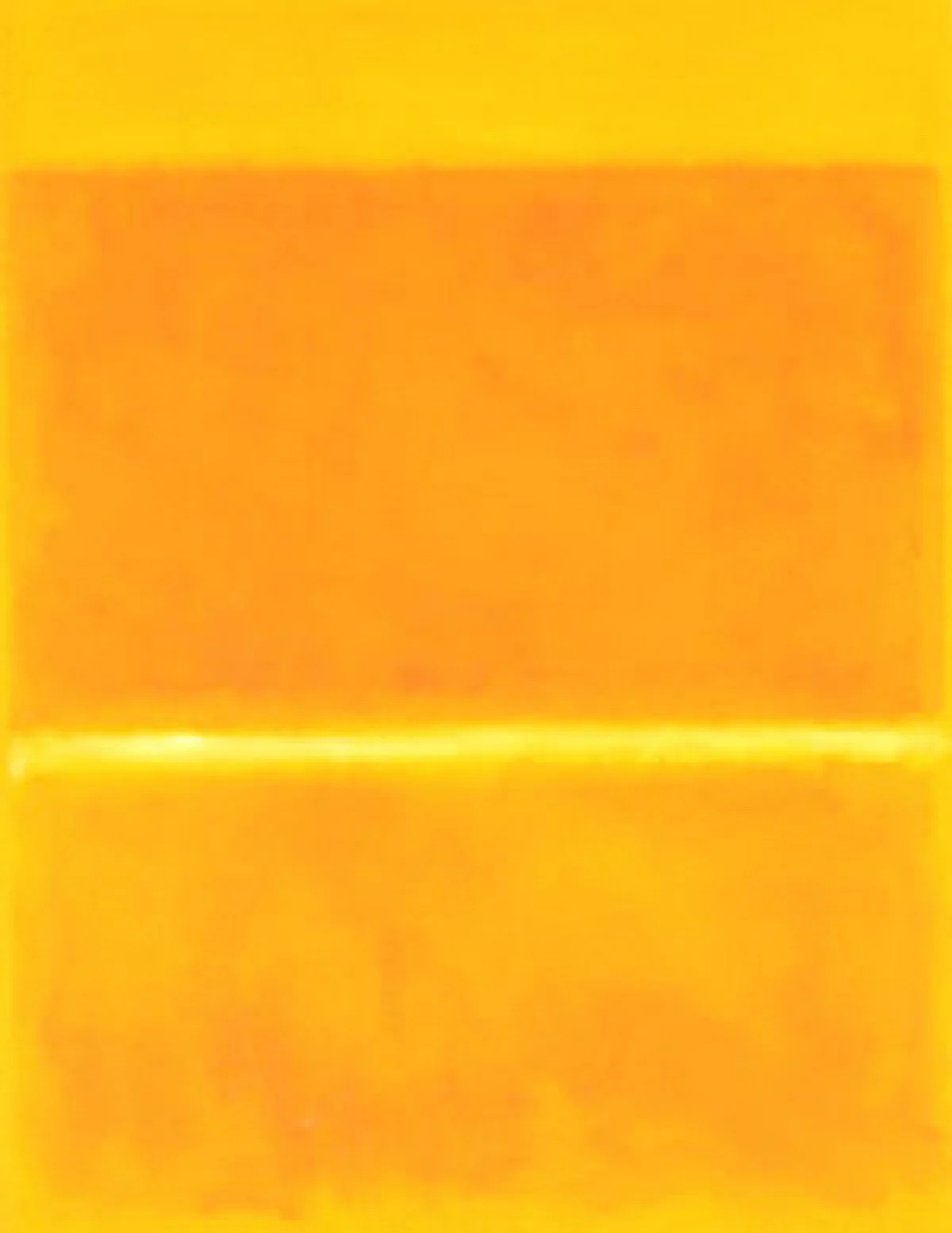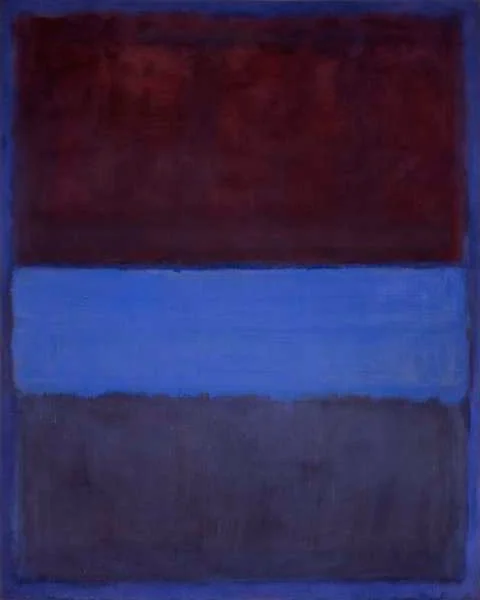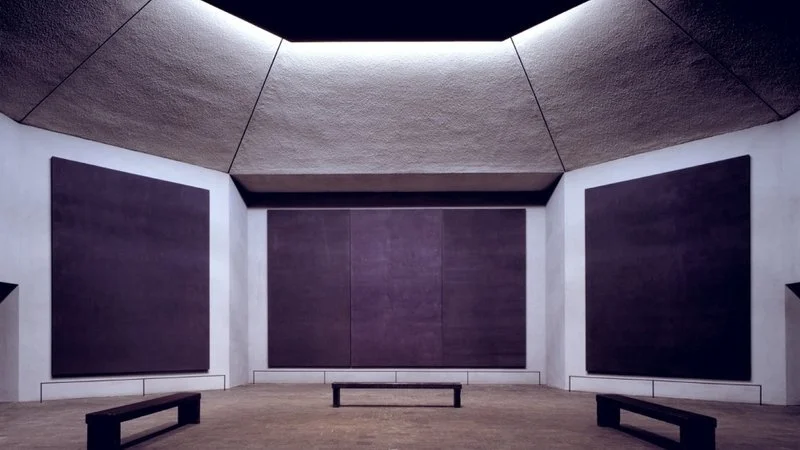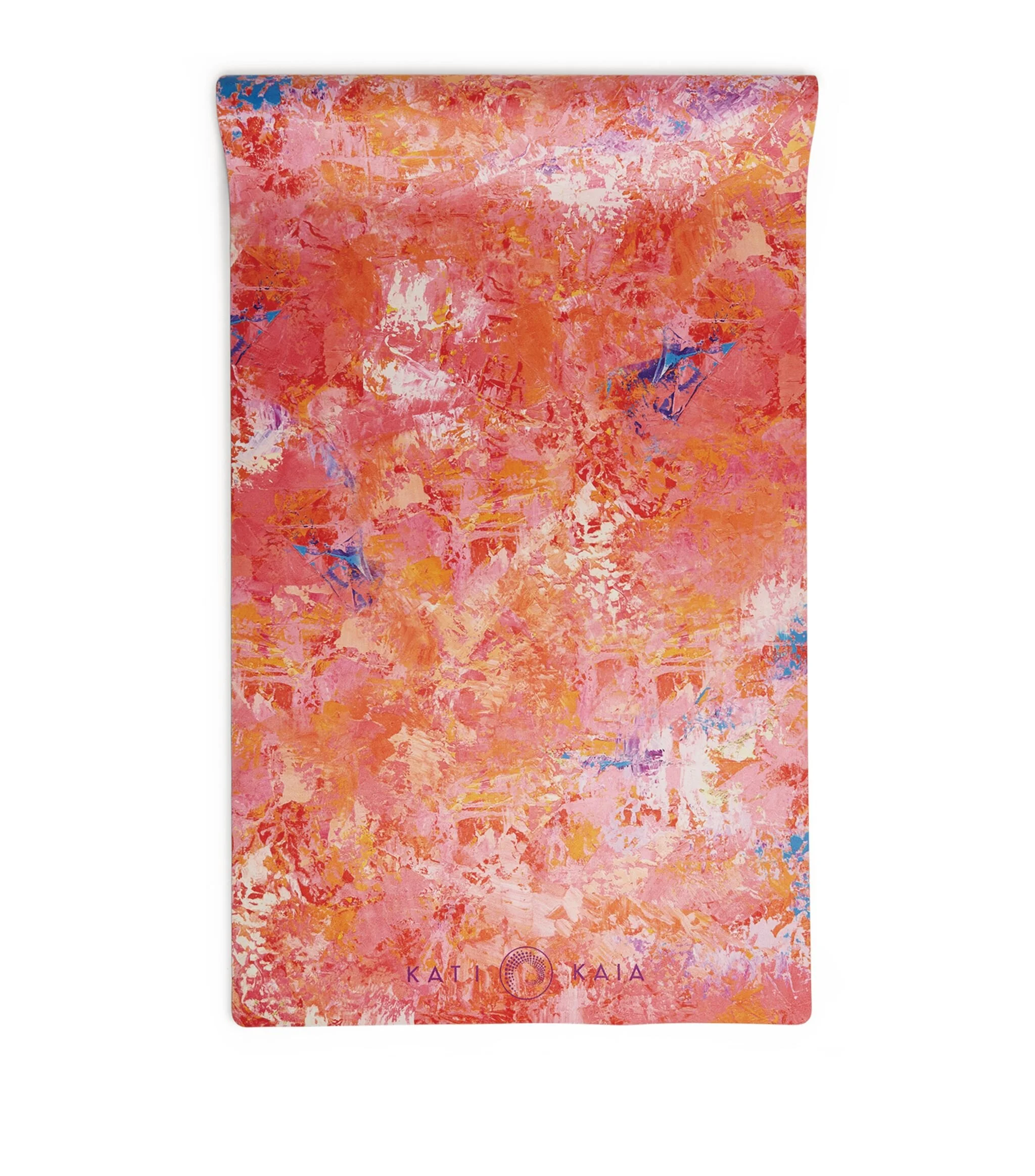The use of colour as a form of therapy dates back to 500 BC to the ancient therapeutic practices of India, China and Egypt. These ancient techniques have now been adapted to modern day usage in the form of Chromotherapy, or Colour Therapy as it is more popularly known. Colour is very familiar and comforting. It’s one of the first things we learn as very young children, sometimes even before we learn how to read, write or count!
So it’s no wonder we respond so well to Colour Therapy and the healing of the chakras. This alternative therapy can be used to treat a wide variety of physical, mental, emotional or spiritual problems. In addition to curing specific ailments, it also provides healing and succor to the entire metaphysical body. It also promotes health and well-being. Due to its non-invasive nature, it is also an excellent supplementary form of treatment for people recovering from post-surgical trauma by direct application of colours into your everyday items can bring about therapeutic relief.
Our colour choices tell us a lot about our deepest thoughts, feelings and personalities.
“COLOUR IS THE KEY TO SUBCONSCIOUS”
We can understand different things about ourselves through our colour choices, our subconscious mind guides us through colour. We also communicate different messages, feelings and thoughts.
Colour can release resentment, fear, anger, frustration, self-pity, depression and the past – encouraging us to take back our power and acknowledge our wisdom. This is one of the main reasons art, colour and yoga create such a wonderful combination. As yoga works the body and challenges the mind, colour stimulates the person's energy.
It makes your daily yoga practice more fun and rewarding, it raises focus and helps with calming the mind and centering the body, helping you go deeper into your body, soul and mind.

Mark Rothko c. 1957 'Saffron'
Colour has such a subtle effect on our lives that we rarely give it a second thought. It comes from daylight which contains all eight colours of the spectrum: red, orange, yellow, green, turquoise, blue, violet and magenta. It is also a form of radiation, these are all considered in the composition of abstracted artworks, and the effect each piece will have on the beholder. This approach to modern art, taken from the colour field painters of Mark Rothko and Clyfford Still has been explored and examined.

Clifford Still 1957 'Untitled'

Kati Treble, 2018, Komorebi
They all express a yearning for transcendence and the infinite. To achieve this the movement abandoned all suggestions of figuration and instead exploited the expressive power of colour by deploying it in large fields that might envelope the viewer when seen at close quarters.
Another amazing benefit to this therapy - Research has begun to validate the importance of colour in treating disease. Each colour is associated with one of the seven chakras of the body, and every colour has its own complementary colour. Single colours or combinations of complementary colours can be used to treat imbalances in the chakras or illness associated with that region. You can work with your yoga teacher or especially with breathwork and visualisation to clear blockages in the chakras and work so that the flow through the entire physical body to the emotional body and beyond into the spiritual surrounding energy field all flows together, you can read more about the chakras and colour therapy in our blog here.
PHYSICAL
RESTFUL - BLUE | GREEN
REVITALISING - ORANGE
STIMULATING - RED
EMOTIONAL
RESTFUL - SKY BLUE | TURQUOISE
REVITALISING - PEACH | COPPER
STIMULATING - ORANGE
THE MIND | SPIRITUAL
RESTFUL - BLUE | GREEN
REVITALISING - GOLD | YELLOW
STIMULATING - INDIGO | VIOLET

Mark Rothko 1953 No. 61
No. 61 (Rust and Blue) is a 1953 painting by Rothko. In common with Rothko's other works from this period, No. 61 consists of large expanses of colour delineated by uneven, hazy shades. The Rust and Blue painting was a part of the Colour Movement because No. 61 relies on subtle tonal values that are often variations of a monochromatic hue. Rust and Blue also uses layered colouring to enrich the hues in the painting, a quality the artist Mark Rothko described as "inner light". Rothko painted in such a way that at times paint can be seen flowing upward across the surface. This illusion is caused because Rothko would invert his painting toward the final stages of his work.
"When you looked at that painting,’ he said, 'you became colour, you became totally saturated with it."
This approach to colour painting and working with colour is something we take pretty seriously at Kati Kaia. We select each piece for its colour therapeutic qualities and really look at the effect the colour work has on the beholder to enhance your yoga practice and enjoyment of your mat, so it is special and such a personal choice for you. Each painting is an artist original painted on a very large scale canvas, these expressive works are then scanned and worked with to place the colour and markings in key spaces along the mat. So as you are holding focus in plank or crow you have a certain point to hold on to with your mind, you too become completely saturated with colour as your practice develops.

The Rothko Chapel, Houston TX
Take the Rothko Chapel in Houston, Texas and the meditative properties the centre holds. For the past four decades, the chapel has encouraged co-operation between people of all faiths — or of no faith at all.
These paintings do not feature the luminous colour fields that made Rothko famous. The paintings in the chapel are dark, in purplish or black hues. And there's a reason for that, they're sort of a window to beyond, an infinite quality. They are saturated with the meditation and prayers of the many visitors to the chapel.
"It took me a while to realise it, but that's really my father's gift, in a sense, to somebody who comes to the chapel. It's a place that will really not just invite, but also demand a kind of journey." -Christopher Rothko
Each season, the Rothko Chapel brings together programs engaging the breadth of human experience. It brings together discussions with human rights luminaries and religious leaders, dialogues on issues affecting the world, site-specific music experiences, and activities that encourage a more spiritual and mindful way of living including yoga. That's our kind of chapel.











0 comments